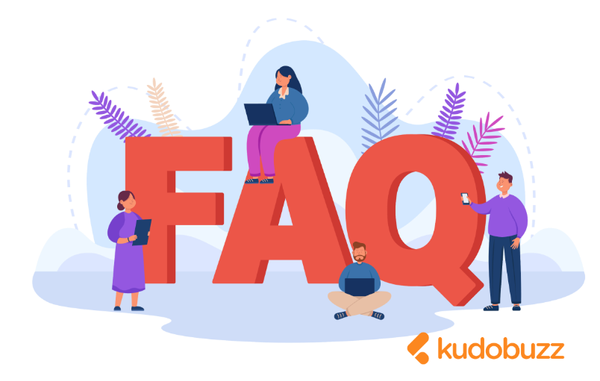In the fast-paced world of online commerce, where rivals vie for attention and customers' focus shifts rapidly, email marketing stands out as a powerful instrument for maintaining long-term prosperity. Email stands out as a direct and personalized medium to engage customers, drive sales, and foster brand loyalty. In this comprehensive guide, we'll delve into strategies and tactics tailored to help ecommerce businesses unlock the full potential of email marketing.
The Significance of Email Marketing for Ecommerce
Email marketing holds paramount importance for ecommerce ventures. With a staggering 4.3 billion email users globally, email offers a vast opportunity to connect with potential customers directly. Unlike social media platforms, where algorithmic constraints may limit organic reach, email enables businesses to communicate directly with their audience, delivering targeted messages tailored to individual preferences and behaviors. Moreover, email marketing boasts a remarkable return on investment (ROI), consistently outperforming other digital marketing channels. Studies reveal that every dollar spent on email marketing yields an average ROI of $42, making it a cost-effective avenue to drive revenue and maximize profits for ecommerce businesses of all scales.

Building a Robust Email List
At the core of any successful email marketing campaign lies a robust and engaged subscriber list. Constructing an email list necessitates a strategic approach that prioritizes quality over quantity. While shortcuts like purchasing email lists or resorting to aggressive tactics may seem tempting, they are not only ineffective but also pose risks to brand reputation and compliance with regulations like the General Data Protection Regulation (GDPR). Instead, focus on organic list-building strategies that encourage visitors to voluntarily opt-in to receive your emails. This can include offering incentives such as discounts or exclusive content in exchange for email sign-ups, prominently featuring email subscription forms on your website, and leveraging social media and other digital channels to drive traffic to your opt-in pages.
Segmentation and Personalization
Once you've established a sizable email list, the next step is to segment your subscribers based on relevant criteria such as demographics, purchase history, and engagement levels. By segmenting your list, you can send highly targeted and personalized emails that resonate with each recipient's interests and preferences, thereby increasing the likelihood of engagement and conversion. Personalization goes beyond mere salutations; it entails tailoring the content, offers, and timing of your emails to align with the unique needs and behaviors of different segments of your audience. Whether it's recommending products based on past purchases, sending birthday or anniversary greetings, or providing relevant educational content, personalized emails demonstrate that you understand and value your customers, fostering stronger relationships and driving loyalty.
Nurturing Leads through Email Automation
Email automation serves as a game-changer for ecommerce businesses seeking to streamline their marketing efforts and deliver timely, relevant messages at scale. Automation enables you to set up workflows or "drip campaigns" that automatically send targeted emails based on predefined triggers or actions taken by subscribers. For instance, you can create welcome email series to greet new subscribers and introduce them to your brand, abandoned cart emails to remind shoppers to complete their purchases, and post-purchase follow-up emails to solicit feedback and encourage repeat business. By nurturing leads through automated email sequences, you can guide them along the buyer's journey and keep your brand top-of-mind throughout the customer lifecycle.
Optimizing for Conversions
Ultimately, the aim of email marketing for ecommerce is to drive conversions and generate revenue. To maximize conversion rates, it's essential to continuously test and optimize your email campaigns for effectiveness. This involves experimenting with different subject lines, email designs, calls-to-action, and sending frequencies to identify what resonates best with your audience. Additionally, pay close attention to key performance metrics such as open rates, click-through rates, and conversion rates, and leverage A/B testing to compare the performance of different email variations. By iterating and refining your email marketing strategies based on data-driven insights, you can continuously enhance your results and achieve greater success in driving sales and revenue for your ecommerce business.
Conclusion
Email marketing remains a cornerstone of successful ecommerce strategies, offering unparalleled opportunities to engage with customers, drive sales, and build lasting relationships. By embracing the strategies outlined in this guide – from building a quality email list to segmenting subscribers, nurturing leads with automation, and optimizing for conversions – you can unlock the full potential of email marketing and propel your ecommerce business to new heights of success. Embrace the power of email marketing today and witness your business thrive in the digital age.








